Visual alpha/beta separation of Actinium-225 using LSC
21/07/2022
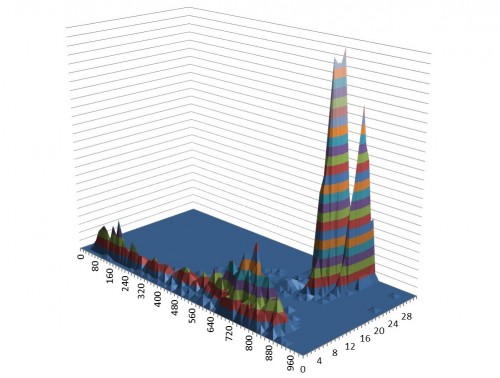
Unique topographical 3D separation with the Hidex 300 SL Liquid Scintillation Counter
Due to the complex decay chain of Actinium-225, it has been difficult to qualify and quantify Ac-225 from its daughter isotopes using a traditional liquid scintillation counter (LSC).
| Isotope | Primary Decay Mechanism | τ1/2 |
| 225Ac | Alpha ~5 MeV | 10 d |
| 221Fr | Alpha ~6.3 MeV | 4.8 m |
| 217At | Alpha ~7 MeV | 32 ms |
| 213Bi | Beta (Eav 320, 983 keV), 440 keV gamma) | 45.6 m |
| 213Po | Alpha ~8.4 MeV | 3.7 µs |
| 209Pb | Beta (Eav 197.4 keV) | 3.3 h |
| 209Bi | Ground state |
The Hidex 300 SL LSC features a unique topographical 3D alpha/beta spectral separation algorithm that can be used to qualify and quantify alpha emitters from Actinum-225 from its beta emitter Bismuth with near zero spillover. The MikroWin software uses a horizontal Pulse Length Index (PLI) that acts as an alpha/beta discriminator and differentiates alphas with longer pulse lengths above the PLI and betas with shorter pulse lengths below it.
With our dedicated scintillant, AquaLight AB, no calibration is necessary since there are no spill-up/spill-down corrections to calculate despite differences in quench levels.
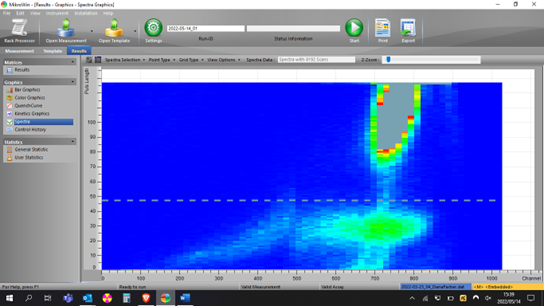
Compared to traditional alpha/beta separation as illustrated below, spectrums can blend into each other and constant calibration is required to determine spill-up/spill-down corrections for different levels of quench.
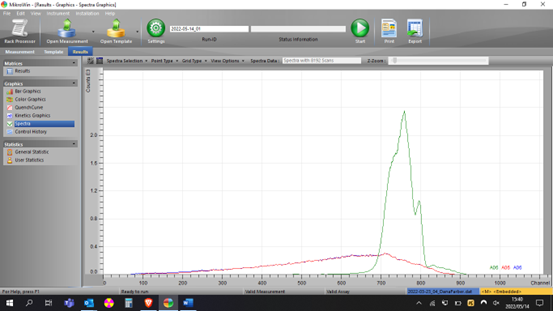
Below is Ac-225 isolated on traditional 2D spectrum.

Below is Bismuth isolated on traditional 2D spectrum.
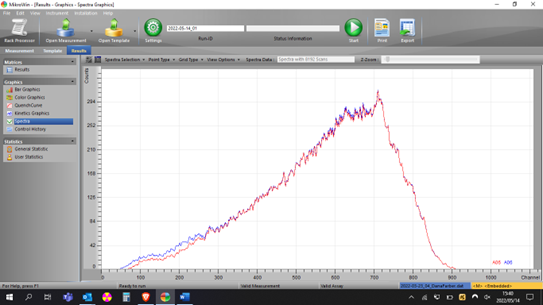
Below are gross alphas and gross betas utilising the Hidex 300 SL A/B separation technique.
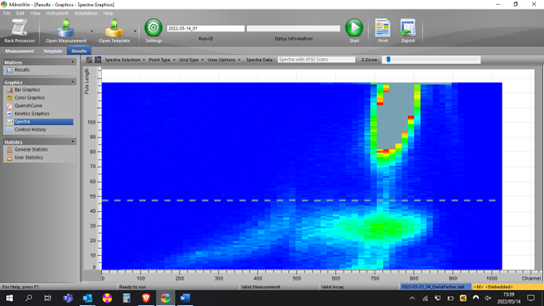
Find out more
You can learn more about the 300 SL's unique topographical 3D separation by clicking the button below to speak to a product specialist directly and requesting a guided demonstration directly.